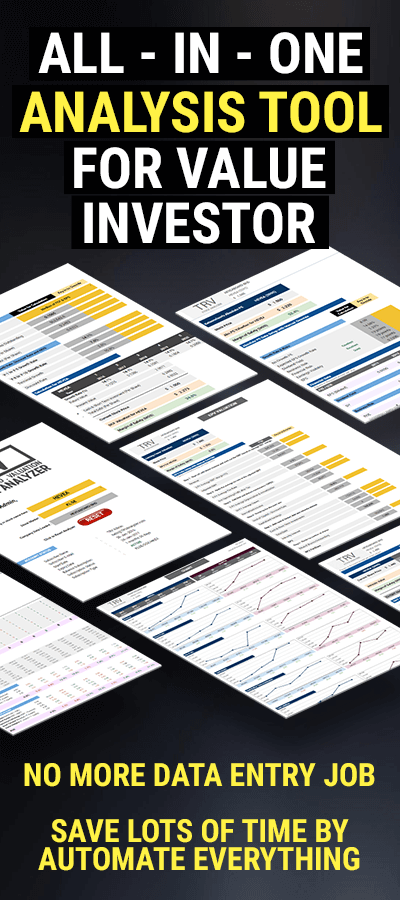You may have found a great company that you feel has outstanding potential but always end up getting stuck at what price you should purchase the company. Finding the value of a stock is a critical part of investing successfully. Valuing stocks is not hard, but it does require logic and practice.
One of the commonly used valuation method is Discounted Cash Flow (DCF) Valuation. The purpose of the DCF valuation is to find the sum of the future cash flow of the business and discount it back to a present value.
Let’s go through the many assumptions in DCF and perform the valuation for GADANG.
1. Free Cash Flow
Free Cash Flow (FCF) = Operating Cash Flow – Capital Expenditures (CAPEX).
The number we want to use is the cash generated from ongoing business operations. This is the cash that is recurring and will allow the business to grow. Cash from one time sales of property or a subsidiary should therefore be taken out as it is of low importance compared to the recurring cash.

FCF for a construction company are usually lumpy as the cash is collected based on contract.
We will use average 3 latest financial years FCF per share as the start value for the calculation of DCF valuation. The value is 0.1823.
2. Expected Growth
This is where we get to the artsy side of the DCF and where we have to come up with a number for the indefinite future.
One of the way to estimate the growth rate is to look at the growth rate of several matrix such as revenue, gross profit, net profit, operating cash flow and free cash flow.
By looking at 10 year histories of the companies, we can see the companies ability to generate growth. The past is only a indication of the future. There is no certainty that it will perform in this way, yet learning from the past will help in determining the future.

Gadang’s revenue grow at 13.7% CAGR for the last 10 years with net profit grow at 10.7% for the same period. Other matrices also showing very decent growth rate. To be more on the conservative side, we will take 10% growth for Gadang in the next 5 years and decay to 5% growth the following 5 years.
3. Discount Rate
Having projected the company’s free cash flow for the next five years, we want to figure out what these cash flows are worth today. That means coming up with an appropriate discount rate which we can use to calculate the present (today) value of the cash flows.
A wide variety of methods can be used to determine discount rates, but in most cases, these calculations resemble art more than science.
In Gadang’s calculation, we will use a discount rate of 10% which is 2.5x of the current fixed deposit rate.
4. Terminal Growth
Since it isn’t practical to forecast cash flows for an infinite number of years, it’s usual to end the DCF with a terminal growth rate. In this calculation, we will use the terminal growth rate of 3% (Current inflation rate).
Click to enlarge. Diagram showing DCF setup for Gadang.
Calculation for DCF Valuation
Click to enlarge. Diagram showing DCF calcualtion for Gadang.
With the above mentioned parameters and setup. Gadang present value of its cash flow is 3.2262 per share. From this number, we add on its cash and subtract its total debt.
The calculated Gadang’s DCF Valuation is RM 3.148 with 15.2% margin of safety from RM 2.67, the closing price of 12/8/2016.
Summary
DCF receives a bad reputation with the crowd and growth players because they call it driving with the rear-view mirror. But in the private business world where estimates and PE’s are absolutely irrelevant, cash is what is used to judge the value of a business.
However, as investors, we all need to have plenty of tools and know which one to apply at the right time. I will write about the different valuation methods for Gadang in the near future.









[…] have written about DCF valuation for Gadang last few days. The article can be access at link […]
[…] have previously written two articles on DCF valuation and Benjamin Graham’s Formula valuation for […]